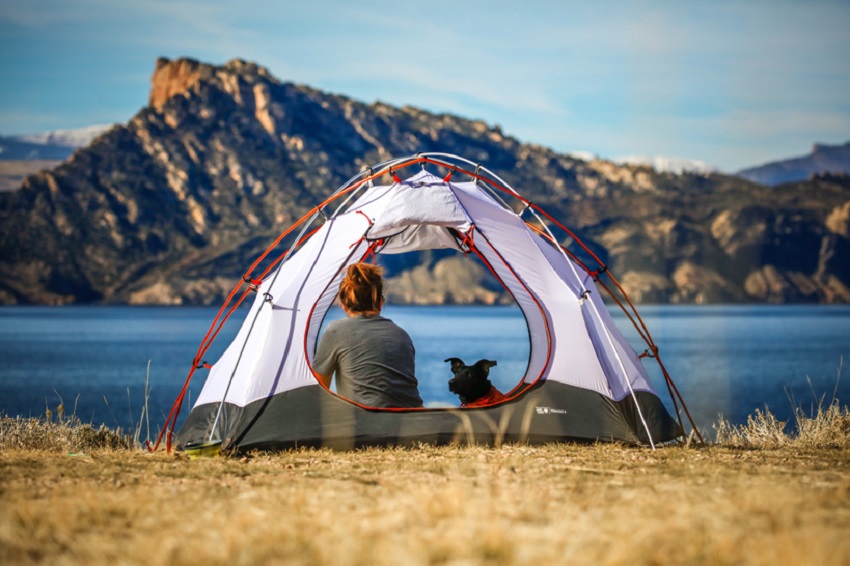
12 Jul What Are the Common Inclusions in a Camping Package?
If you’re heading out on a camping trip, you should pack snacks and non-perishable meals for several days. Proteins and starches satisfy campers. Popular dishes include eggs, potatoes, and grilled meat. Fresh fruit and canned soups are also suitable. Drinks like juice or bottled water are also helpful to keep campers hydrated. These are essential factors to consider if you are planning to get camping packages NH instead.
Pre-planning for a camping trip
Planning your trip will help you enjoy your outdoor experience and prevent many problems. Before you go, assess your camping gear to determine if you have everything you need. This checklist should include tents, sleeping bags, and extra socks. Check the weather forecast as well. Pack extra rain gear and emergency blankets in case of rain. Always pack essentials like toiletries, paper towels, and a first aid kit.
Before leaving, be aware of natural hazards that could harm you and your camp. Make sure you protect yourself and your food from poisonous plants and animals. Always check the surroundings for invasive species. The soil of previous camping trips could have gotten contaminated with seeds from these invasive species. Prepare food ahead of time to ensure you have the necessary supplies. Also, be sure to prepare the vehicle so that it can withstand a rough day on the road.
Before heading out on a camping trip, decide how many people will be in your group. This will determine what type of campsite you need, how much food you need to pack, and how much organization you will need to do among yourself and other parties. If you’re planning a trip with a large group, be aware that finding a campsite with enough room for everyone might be challenging. In addition to ensuring enough sites, you should know the route to avoid traffic and road closures.
Bringing essentials
Depending on the type of lodging, indoor campsite essentials can vary. Tents, for example, require more supplies than other forms of accommodation. However, partially furnished camping lodging may provide some items. To be sure, you can call ahead of time and ask what will be provided. Also, be sure to bring multi-use things that are weather-safe and lightweight.
In a developed campground, potable water is available, but it’s difficult to carry and is too low for long food preparation. Instead, bring a 1-gallon water jug. A water purification device and small bottles are helpful. These items can be packed in a day pack or a large duffel bag, which is beneficial for stuffing pillows.
A camping checklist may contain the apparent essentials, such as a tent, a sleeping bag, and a camp stove. However, it’s easy to forget something like sunscreen or insect repellent. These items are just as crucial as those big-ticket items. Even the simplest things can make the difference between a wonderful vacation and an emergency trip to the emergency room. Therefore, it’s always best to plan before heading out.
Leave no trace etiquette.
If you are looking for a camping package, be sure to look for a package that includes Leave No Trace etiquette. Practicing this etiquette can help you avoid various problems, including pollution and other ecological issues. A camping package with Leave No Trace etiquette will also likely include an information sheet on how to dispose of waste. Leave No Trace is a code of ethics that encourages visitors to reduce their impact on natural areas and wildlife. It is also a courtesy to future visitors.
The rules for preserving wilderness areas can vary depending on the destination. Some places require to leave no trace practices for visitors, so check with authorities before you go. If camping in a national park, check whether the campsite has rules for this etiquette. Moreover, you should ensure you have the right equipment for the job. The camping package should include Leave No Trace etiquette in its instruction manual.
Another critical component of a camping package is leaving no trace etiquette for water. Many campsites use untreated water sources, so it’s essential to check with local authorities before taking water from the area. However, there are ways to disinfect water by boiling, pumping it through a micropore filter, or treating it with iodine or another antibacterial agent.

